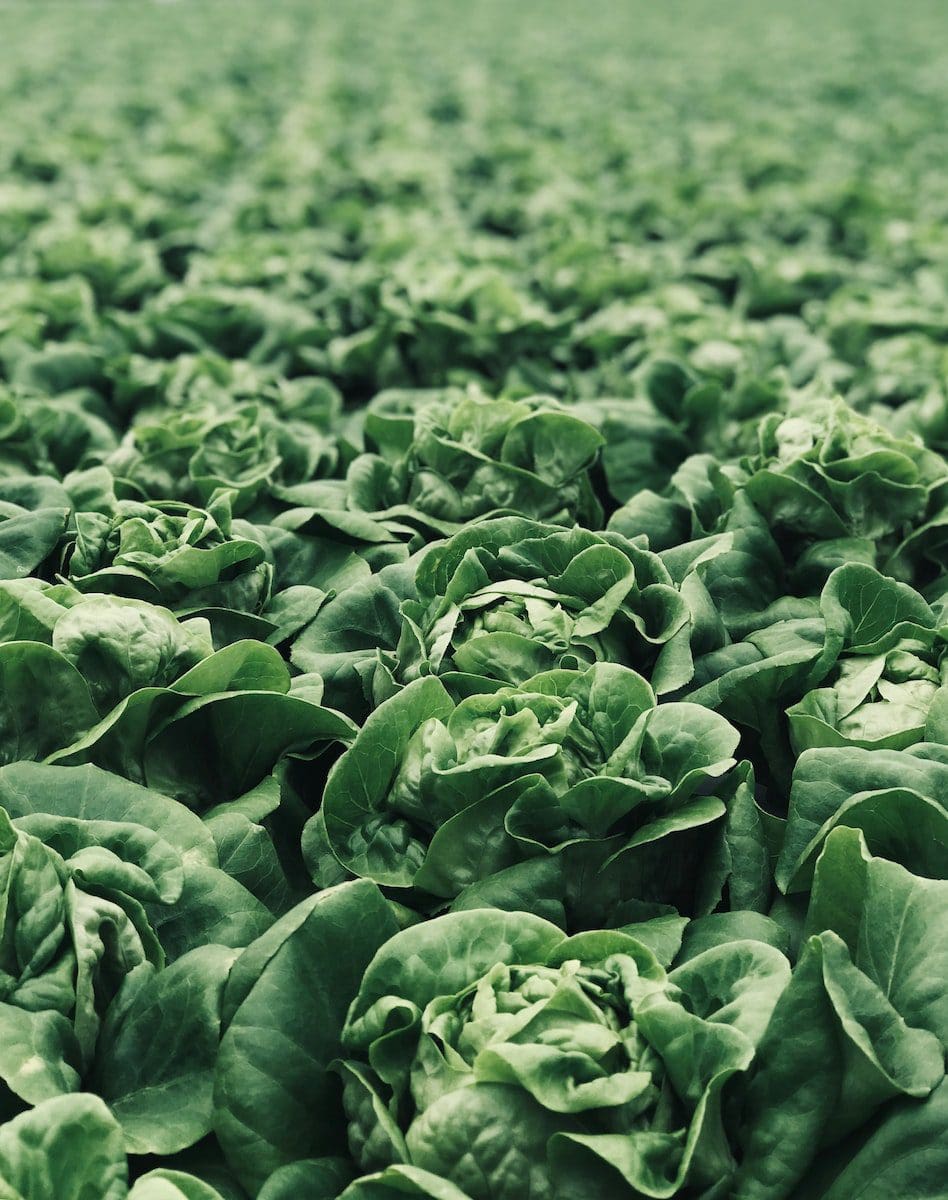Several types of products are manufactured by different types of companies. And these products have their own technical names according to their sources, manufacturing ways, etc.
Sometimes different products are created from a single source. For example, all dairy products have a common ingredient in them which is milk.
Joint products and By-products are such products which have the same input with the help of which several other products are made. For example, in a blast furnace, the gases released, pig iron and slag, are the joint products.
And the gasoline released after the oil refining process is an example of a by-product.
Key Takeaways
- Joint products are two or more products with the similar economic value produced from a single production process, whereas byproducts are secondary products with significantly less value.
- The cost allocation for joint products is more complex and based on factors such as sales value or physical units. In contrast, byproducts’ costs are allocated based on net realizable value.
- Management decisions related to joint products can impact the production of all joint products, whereas decisions regarding byproducts do not affect the main product’s production.
Joint Product vs By Product
A joint product is produced simultaneously with one or more other products in a single manufacturing process and that has significant value on its own. A by-product is a secondary product produced in addition to the main product and has relatively little value compared to the main one.

Joint products are the side products or the products which are generated during the manufacturing of the original product. These side products generated are rated equally as the original ones because the people equally consume them and are highly demanded by the market.
By-products are the waste products released during the processing of the main product. These products do not require any further processing as they are end products. By-products do not have the same value or same demand as the main product in the market.
Comparison Table
| Parameters of Comparison | Joint Product | By Product |
|---|---|---|
| Definition | The products that are created or result in the making of other products or the original product is called Joint product. | The product which results unintentionally while manufacturing the main product is called a By-product. |
| Value | This product has the same value as the main product has in the market. | This product sometimes is just a waste or crap and does not has the same value as the original one. |
| Additional process | The Joint product requires additional processing steps. | By-products do not require any further processing steps as they are end products. |
| Use | These products have their own value and are very useful. | These products do not contribute anything to the market. |
| Main product | Joint product inputs are always raw materials like crude oil, milk, etc. | By-products are created from side products or waster products like butter, peels of processed fruits, etc. |
| Economic status | Joint product economic status in the market is very high and is equal to the main product. | By-product has a very low economic status in the market and is not as useful as the main product. |
| Objectives | Producing Joint products is the main objective of the production. | Production of By-products is not the main objective of the production process. |
What is Joint Product?
The Joint product is an additional product that results as a side product during the manufacturing of the main product. But unlike By-products, they have their own economic status and are highly demanded by the market.
Raw materials are the main products of the Joint production process.
These Joint products are intentionally created as they are valuable and have their individual usage. The resultant products need to be manufactured further to make them useful. They are polished, cleaned, and processed in further manufacturing steps.
Joint products can be two or more. These products have their individual separation point, after which they cannot be processed further. And they all need simultaneous standard processing.

What is By Product?
By-products are not intentionally made. They are incidental products that result from the processing of another product or the main product. These products have less sales value as compared to Joint products. Sometimes they are just waste and are disposed of.
By-products need further processing to make them useful so that they can be sold in the market.
For example, the sugar refining process creates molasses as its By-product, processing of butter produces buttermilk as its By-product, and these are useful, but the By-product, like harmful gases after fuel combustion, is not at all useful.
The input of the By-product is mostly waste or the product having low value. These products do not contribute anything to the market.

Main Differences Between Joint Product and By Product
- The products that are created or result in the making of other products or the original product is called Joint product. On the other hand, The product which results unintentionally while manufacturing the main product is called a by-product.
- By-products are created from side products or waste products like butter, peels of processed fruits, etc. In contrast, Joint product inputs are always raw materials like crude oil, milk, etc.
- The joint product’s economic status in the market is very high and is equal to the main product. Whereas, By-product has a very low economic status in the market and is not as useful as the main product.
- Production of By-products is not the main objective of the production process because they are just waste products. While producing Joint products is the main objective of the production because they are very valuable.
- By-products do not require further manufacturing processes to make them valuable as they are end products. In contrast, the Joint product requires further processing steps to make them useful.




